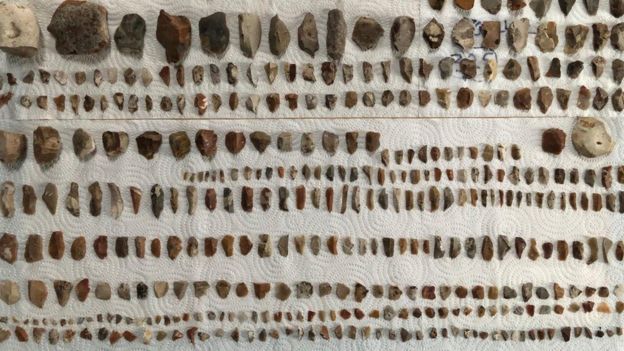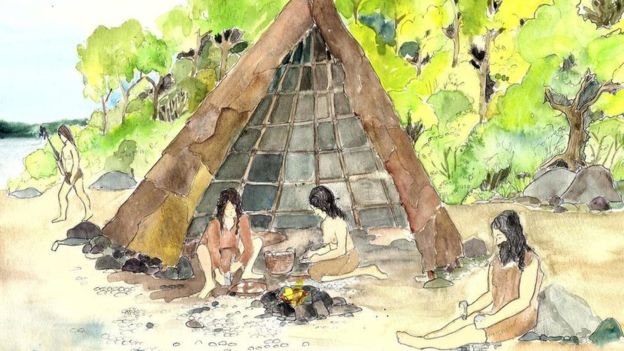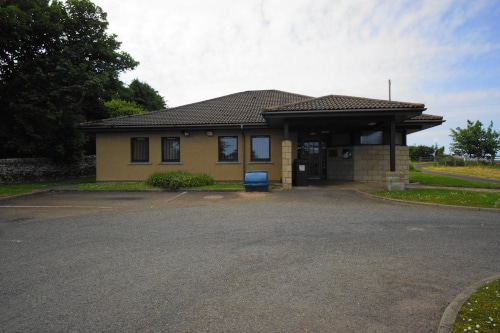The remains of some of the earliest traces of humans to have lived in Caithness were unearthed during the preparatory phase of the £9.6 million upgrade of Berriedale Braes and are now on display at the Dunbeath Heritage Centre.
The site of the stone-age hunter-gatherers’ camp was revealed by archaeologists, who excavated the site before work on the notorious stretch of the A9 got underway.
With more than 10,000 ancient stone artefacts identified, the remains date back to Mesolithic times, around 6000-5000BC, with evidence of shelters and fires found on the site as well as flints and other stone tools. The site is believed to have been a seasonal camp and base for hunting.


Michael Matheson, Scotland’s Transport Secretary visited the site last week to review the progress of the road improvement scheme and was joined by local councillors and representative of the site archaeology team to view some of the artefacts that had been dug up.
The artefacts will be on display at the Dunbeath Heritage Centre and a public talk by archaeologists from the AOC Archaeology Group, who undertook the excavations, is to take place in the coming months.
Latest News
 News from the Area
News from the Area
- Wick man recognised as one of the ‘most outstanding early-career scientists in the world’
- Highland MSP launches vote of no confidence in Humza Yousaf as SNP-Greens coalition implodes
- Legion branch praised for holding annual Anzac Day commemoration in Wick
- John O’Groats Trail bridge fundraiser hits £5k target
- Cruise ship is largest ever to berth at Scrabster harbour



